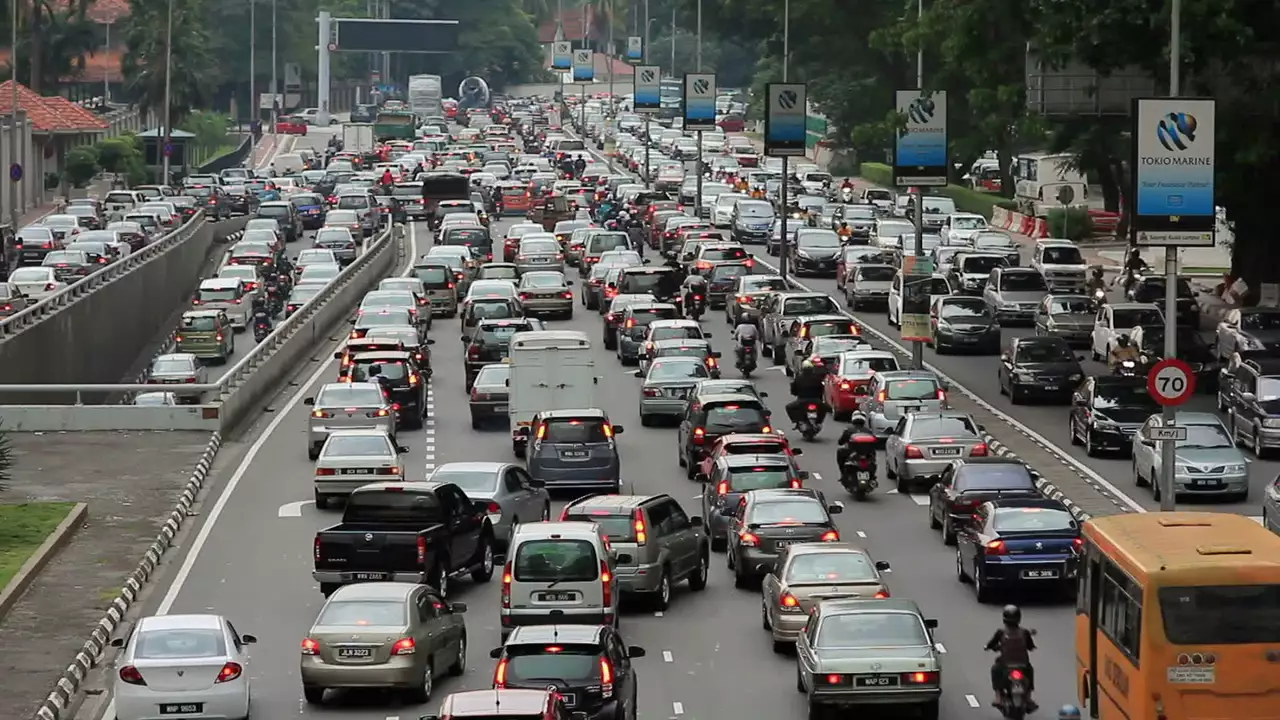Urban Planning: Why Sprawl Makes Traffic Worse—and What Cities Can Do
Sprawl and congestion go hand in hand. When homes, shops, and jobs stretch far apart, people choose cars because nothing else fits their trips. I’ve found that longer distances and weak transit options push more trips onto streets, and that creates the traffic you bump into every morning.
Here’s the simple chain: low-density neighborhoods force longer trips, longer trips need cars, more cars clog roads. And building wider roads doesn’t help long term—wider roads often fill up fast because more people drive when space looks available. That’s called induced demand, and it explains why lane-additions rarely solve congestion for long.
Why sprawl causes traffic
First, sprawl separates uses. If your neighborhood has no shops or workplaces nearby, you must travel farther for almost everything. Second, transit struggles to serve widely spread areas. Buses need density to run often and use resources efficiently. Third, parking rules and cheap parking make driving easier and cheaper than other options. Together, these factors lock in car dependence.
Look at cities that limited sprawl: they often have shorter commutes and better walking, cycling, and transit use. Places that tried quick fixes—widening highways or adding parking—usually saw traffic come back within a few years. That shows the problem is about land patterns, not just road capacity.
Practical fixes planners can use
You don’t need complex plans to start cutting congestion. Focus on three things: shape land use, boost transit, and change street rules. For land use, allow more mixed-use projects and denser housing near transit stops. That makes short trips possible and supports frequent buses or trams.
For transit, prioritize reliable, frequent routes on main corridors. Bus rapid transit or dedicated lanes can move lots of people without huge cost. Pair transit upgrades with affordable fares or simple transfers to keep riders coming back. Curitiba’s bus system and cities that build frequent bus corridors show how riders shift when service is dependable.
On streets, reduce unnecessary parking minimums and pilot quick-build bike lanes and wider sidewalks. Small, temporary projects tell you what works before big investments. Pricing also works: targeted congestion charges or smarter parking fees reduce peak driving in dense areas—London’s congestion charge is a clear example where fewer cars entered the center after pricing was introduced.
Finally, use incremental change. Try infill housing on underused land, test a bike lane for a few months, or zone for shops within walking distance of new housing. These moves are cheap, visible, and politically easier than sweeping reforms. Over time, they add up and shift travel patterns away from single-occupancy cars.
If you’re a planner, resident, or local leader, pick one visible change you can test this year. Each small step toward compact design, better transit, and smarter street rules lowers congestion and makes daily life easier.

The link between congestion and urban sprawl
In my research, I've found a strong correlation between urban sprawl and congestion. As cities expand outward, people often rely more on cars, leading to increased traffic and congestion. Public transport often struggles to serve sprawling urban areas effectively, exacerbating the issue. Urban planning that focuses on compact city designs could help reduce congestion, by making walking, cycling, and public transportation more viable options. In essence, managing urban sprawl is crucial for easing congestion and creating sustainable cities.
Read More




